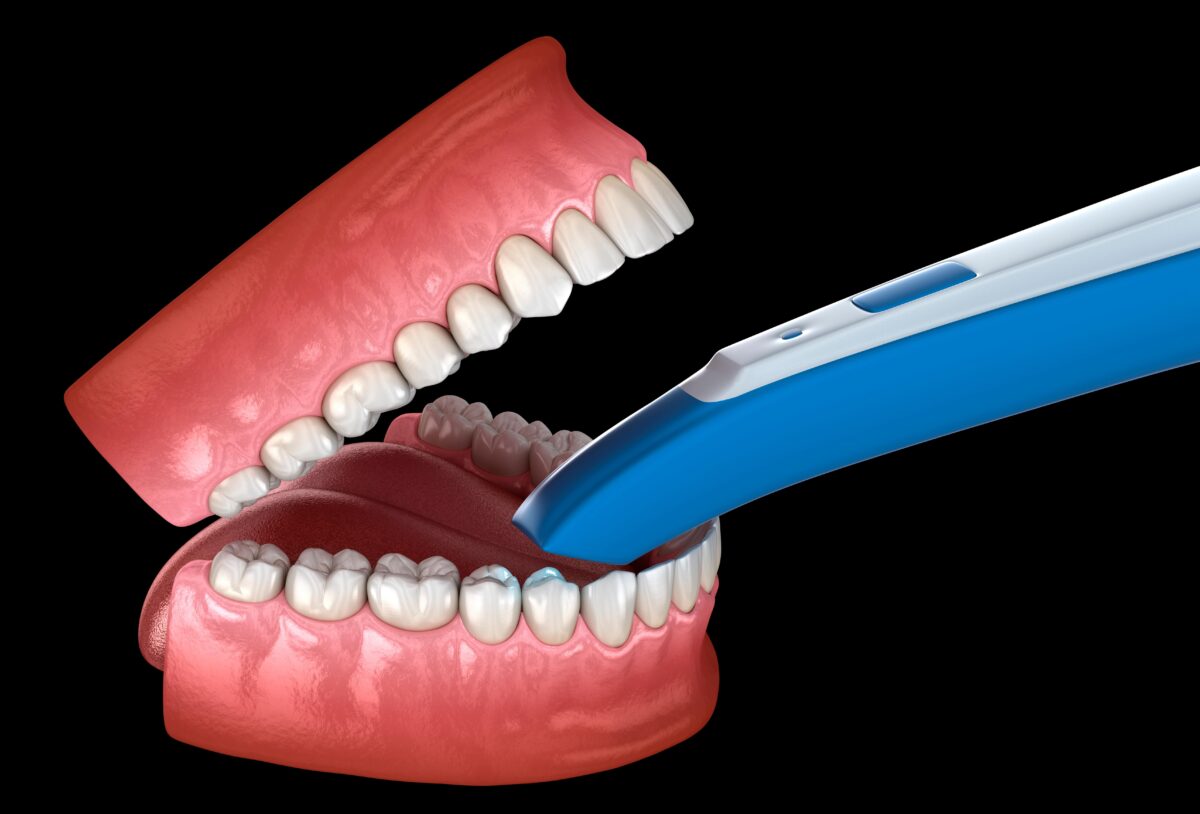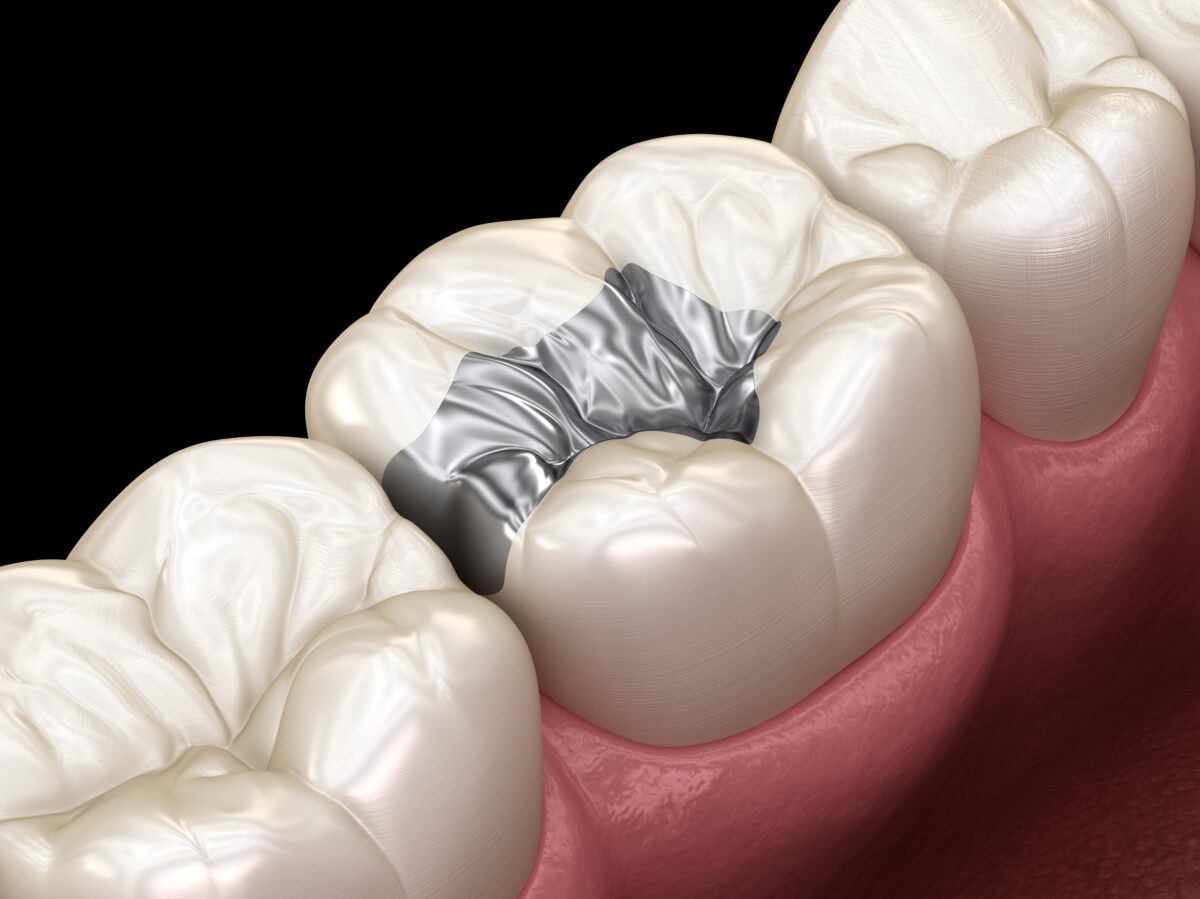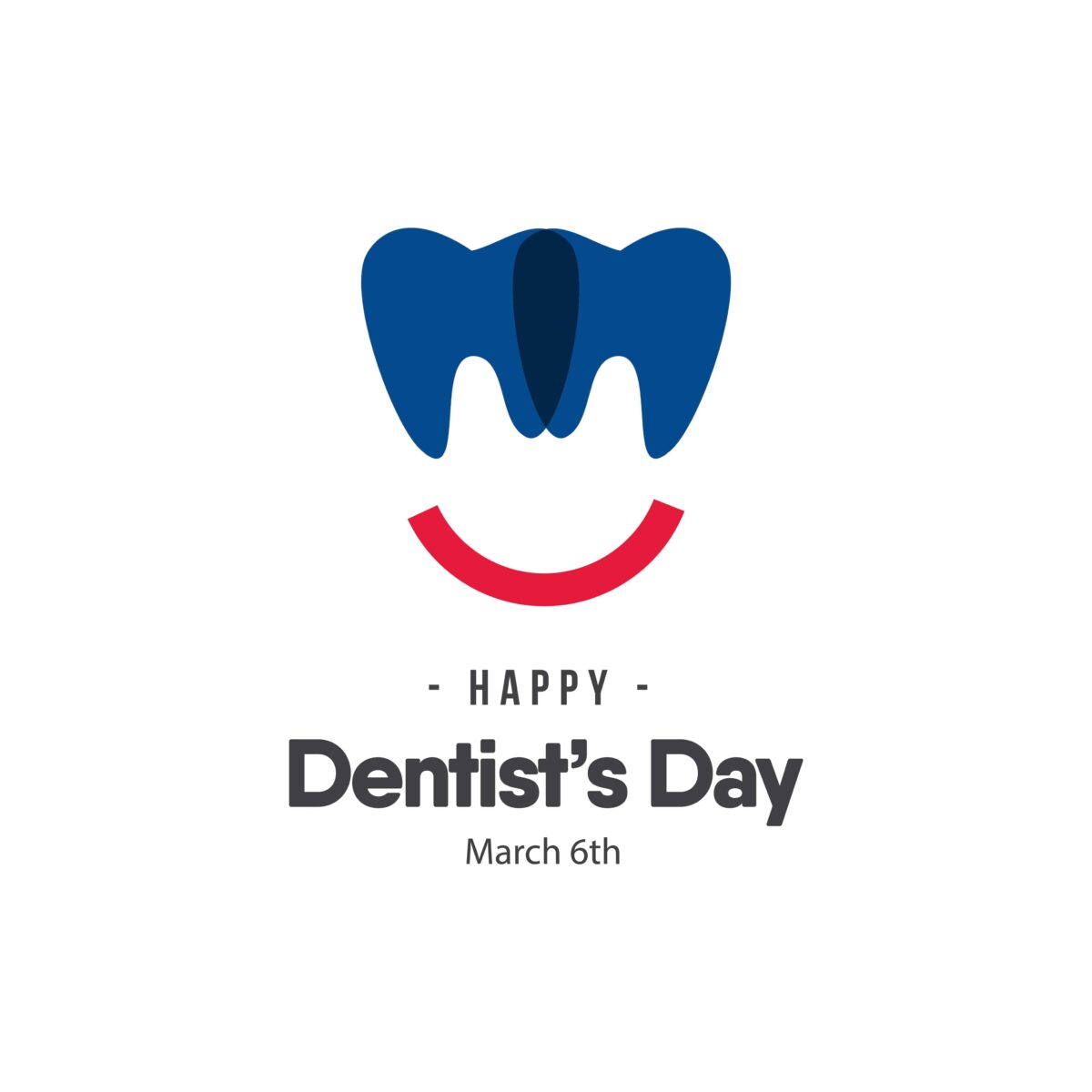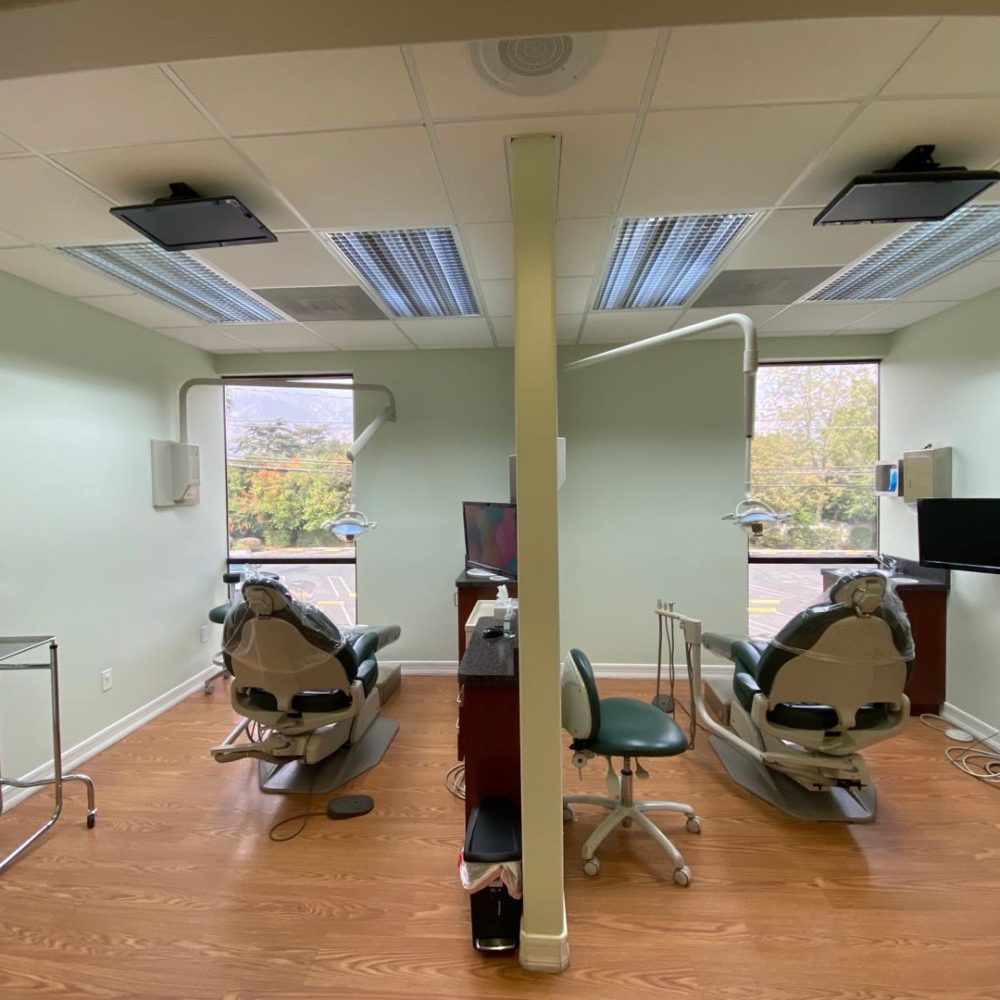It’s a priority for dentists to preserve teeth and prevent decay. In order to maintain your oral health, dentists have a wide variety of tools at their disposal. They can seal cavities or fill in decayed spots with composite fillings. If the cavity is too large for a filling, they may need to remove some of the tooth structure and replace it with a dental crown. They also have various treatments available to repair damaged teeth that have chipped or cracked.
Even with all these tools at their disposal, however, there are still cases where a tooth may not be able to be saved. There are also cases where one or more teeth could pose a threat to your oral health. In these cases, your dentist may recommend having a tooth extraction.
A tooth extraction is a dental procedure in which the dentist removes one or more teeth from the mouth. The decision to extract a tooth can be difficult for both patients and dentists, but sometimes it’s necessary. There are many reasons why an extraction may be necessary, including:
Buildup of plaque around teeth leads to gum disease
Excess plaque along the gum line causes the gum tissue to become infected. A mild infection is known as gingivitis, while an advanced infection is known as periodontitis. Unfortunately, periodontitis is the number one cause of tooth loss in adults. This is because periodontitis causes the gums, connective tissues, and jaw bone to deteriorate, resulting in loose teeth. In these cases, the tooth or teeth will usually need to be extracted to prevent further damage from the tooth falling out.
Teeth are impacted below the gum line
Teeth can become impacted, or trapped, below the gum line for any number of reasons, but the most common is due to a lack of space. In cases where your mouth is too small for the number of teeth that are erupting, one or more teeth may become stuck while trying to erupt. This can cause your other teeth to overlap or become damaged. In some cases, it can even cause your gums to become infected. Oftentimes, this is commonly seen with wisdom teeth. In these cases, most dentists recommend an extraction to remove the impacted tooth in order to prevent damage or infection to the surrounding teeth and gums.
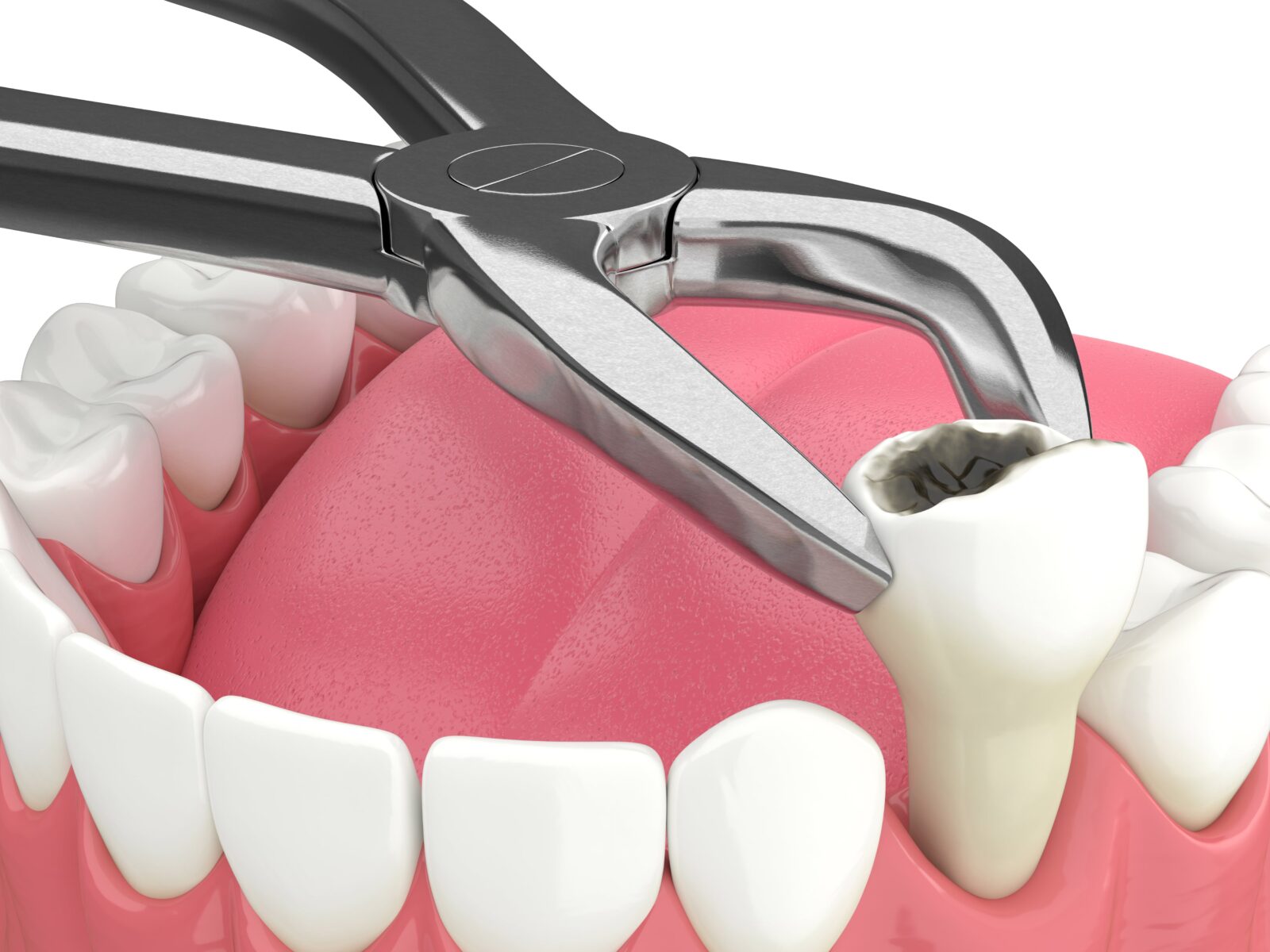
Tooth has had root canal treatment that failed
Root canal treatment is used to remove decayed tissue and bacteria from inside the tooth. Once decay has reached the inside of the tooth, root canal treatment is the only way to remove the infection and preserve the natural tooth structure. Unfortunately, root canal treatment is not always successful. In cases where root canal treatment fails to completely remove all of the infection, then a tooth extraction is generally required to remove the infected tooth. This prevents bacteria from continuing to spread to the surrounding teeth.
Tooth has been severely damaged
In many cases, chipped or cracked teeth can be successfully restored. However, there are also cases where the damage may be too severe to restore the affected tooth. This can happen when there is not enough of the natural tooth structure left to attach a dental prosthesis or restoration. When this happens, the remaining tooth is usually extracted and replaced with a dental implant, denture, or dental bridge.
If you’re experiencing any of the symptoms or situations mentioned above, it may be time to schedule a consultation with your dentist. Your dentist will know best whether extraction is necessary and if so, what procedure would work for your situation. Rest assured that we’ll do our best at all times to make sure this process goes as smoothly as possible. We want you to have healthy teeth for years to come! If you’re ready now, just call us today and set up an appointment.
